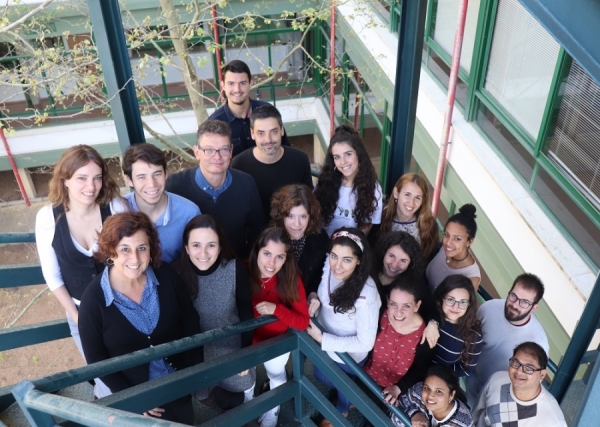It may be one of the world’s most important pathogenic fungi due to its ability to attack over a hundred different crops. Fusarium oxysporumesses can go unnoticed in soil for more than thirty years, but when it germinates, it grows right toward plant roots, takes over entire vascular systems and wilts the crops, making it a real headache for the sector.
A University of Cordoba research group was able to open up a new way to attack this fungus that is responsible for losses in the millions. The study, published in the scientific journal Nature, came up with a system that could stop the pathogen’s development.
The paper, written by Stefania Vitale, Antonio Di Pietro and David Turrà, describes for the first time one of the mechanisms the fungus uses to spread and identifies a molecule the fungus uses to reproduce.
This is autocrine pheromone, a substance produced by a wide range of organisms to send chemical signals between beings of differents sexes in order to reproduce. This pathogen, however, in light of the results, uses it in a different way.
As revealed by the research, the fungus uses this pheromone to detect itself, that is to say, to get information on the how many of its own species are around. If the pathogen detects low numbers, it will produce filaments to take over the soil. On the other hand, if it perceives a higher number around it, which fills the nearby space around it enough, the spores will not germinate and the fungus will stop reproducing in the soil.
“In our research, we verified that the higher the population density, the more pheromones are assembled by the fungus and it is in this case that the spores stop reproducing in the soil,” points out University of Cordoba Genetics Professor Antonio Di Pietro.
This colonizing mechanism, described in the article for the first time, gave the research team the clue they needed to short-circuit the pathogen’s growth. In one of the study’s experiments, after giving the fungus the artifically synthesized pheromone, it was determined that the pathogen stopped reproducing. “In this way, the fungus behaves as if there were a high population density, even though there really is not,” says Di Pietro. In other words, by artificially administering the pheromone, the fungus receives a false message that its surroundings are “overbooked” and stops its growth.
The study, therefore, opens the door to being able to manipulate the pathogen’s development in the future, and the authors do not rule out this system of spreading described in the article being applicable to a group of fungi made up of over 60,000 species, called the ascomycetes.
Nevertheless, according to Di Pietro, there are still many challenges to face until this virulent pathogen can be controlled. According to the FAO, this fungus could damage 36 millon tons solely of bananas in the next 20 years. Among the challenges is reaching a cheap and industrial production of the pheromone that stops fungus growth and producing a stable molecule that does not degrade when applied to the organism.
Â


